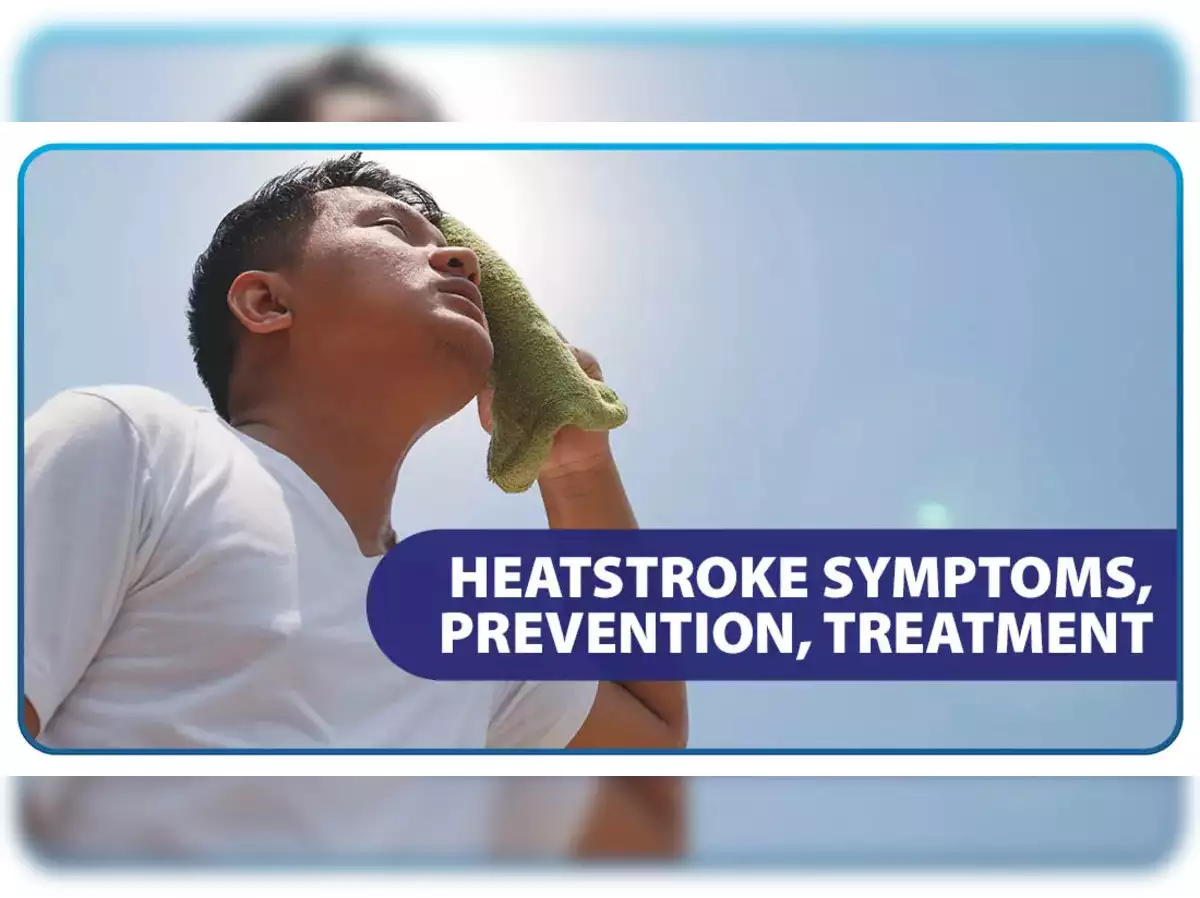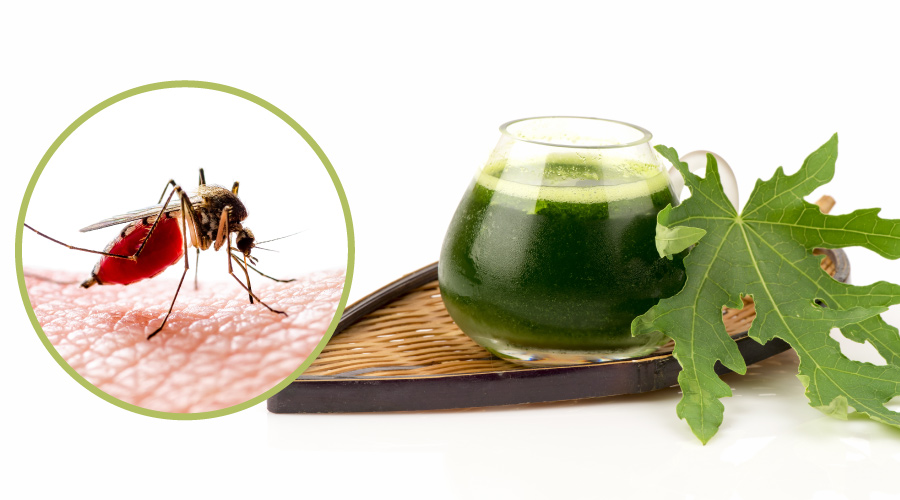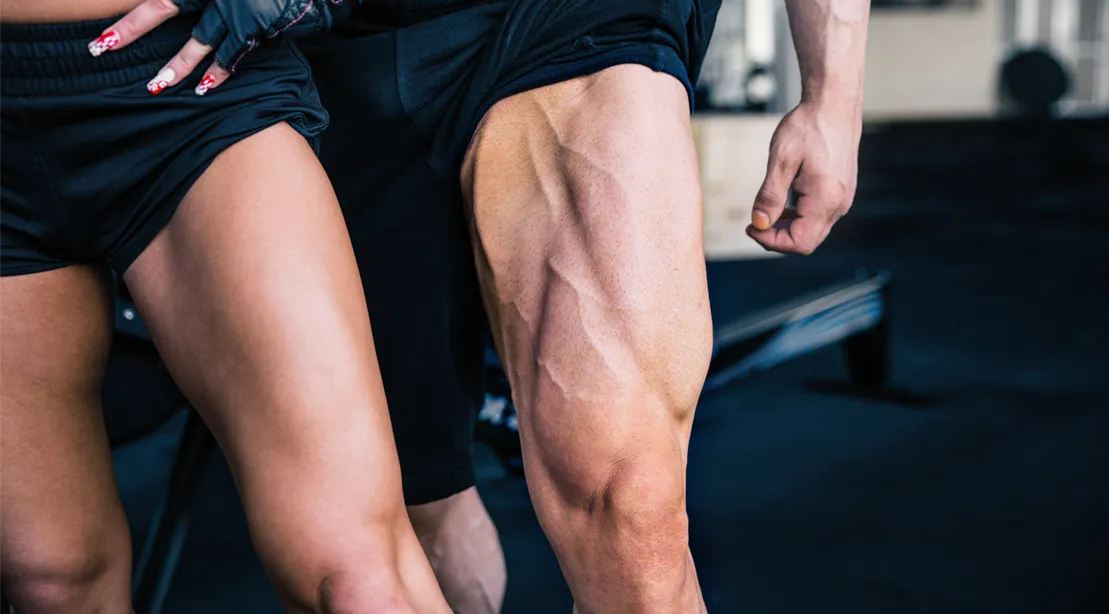As the summer season intensifies, so does the risk of experiencing heat-related illnesses, with heat stroke being among the most severe. In this blog, we’ll explore what heat stroke is, its symptoms, and how you can prevent it during the hot months.
What is Heat Stroke?
Heat stroke is the most severe form of heat injury and is considered a medical emergency. It occurs when the body’s temperature regulation system fails and body temperature rises to critical levels. This condition is often a result of prolonged exposure to high temperatures or physical exertion in high temperatures.
Several factors increase the risk of heat stroke, including:
- High humidity and environmental temperature.
- Dehydration, which reduces the body’s ability to sweat and cool down.
- Wearing excessive clothing that traps body heat.
- Drinking alcohol, which can affect the body’s ability to regulate temperature.
- Chronic illnesses such as heart disease or diabetes, which impair the body’s response to heat.
- Certain medications that affect body temperature control or hydration levels.
Symptoms of Heat Stroke
Recognizing the symptoms of heat stroke is crucial for timely intervention. Here are some of the most common signs during extreme heat wave
– High body temperature: A core body temperature of 104 F (40 C) or higher is the main sign of heat stroke.
– Altered mental state or behavior: Confusion, agitation, slurred speech, irritability, delirium, seizures, and coma can all result from heat stroke.
– Alteration in sweating: In heatstroke brought on by hot weather, your skin will feel hot and dry to the touch. However, in heat stroke from strenuous exercise, the skin may feel moist.
– Nausea and vomiting: You may feel sick to your stomach or vomit.
– Flushed skin: Your skin may turn red as your body temperature increases.
– Rapid breathing: Your breathing may become rapid and shallow.
– Racing heart rate: Your pulse may significantly increase because heat stress places a tremendous burden on your heart to help cool your body.
– Headache: A throbbing headache is often present.
Preventing Heat Stroke
Prevention is the best defense against heat stroke. Here are some effective strategies to help you and your loved ones stay safe:
– Stay Hydrated: Drink plenty of fluids. It’s vital to drink more water than usual and not wait until you’re thirsty to drink.
– Dress Appropriately: Wear loose, lightweight, light-colored clothing to reflect heat and sunlight.
– Limit Outdoor Activities: Try to schedule outdoor activities during cooler parts of the day, like early morning or late evening.
– Use Sun Protection: Wear a wide-brimmed hat and sunglasses, and apply broad-spectrum sunscreen with an SPF of 30 or higher.
– Take Breaks: Take frequent breaks if you must be outdoors, and try to spend these breaks in shaded or air-conditioned locations.
– Know the Weather Forecast: Keep an eye on local weather forecasts to stay aware of upcoming temperature changes.
– Acclimatize: Allow your body to acclimatize to the heat by gradually increasing the time spent in hot conditions over several days.
When to Seek Help
Heat stroke is a medical emergency. If you or someone else shows signs of heat stroke, it’s critical to seek immediate medical attention. While waiting for help, move the person to a shaded or air-conditioned area, remove excess clothing, and cool them with whatever means available, such as a cool bath or damp towels.
This summer with physicalfreakpage, take proactive steps to protect yourself and your community from the dangers of heat stroke. Remember, prevention, awareness, and quick action can make a significant difference in safety during the heat. Stay cool, stay hydrated, and stay informed!



